Create the optimal antireflux barrier with TIF 2.0®
It’s as simple as this: GERD is a progressive disease and PPIs may not be appropriate for all patients.
The TIF 2.0 procedures helps to lengthen, strengthen, and tighten the lower esophageal sphincter by creating a 3 cm 270° esophagogastric fundoplication.
For patients who need a repair of the diaphragmatic crura, TIF 2.0 can be performed consecutively with a hiatal hernia repair (greater than 2cm), in the same anesthesia setting. This is also known as cTIF®.

Restores Anatomy to Its Natural State
- Recreates the dynamics of the Angle of HIS1
- Elongates the intra-abdominal esophagus1
- Restores the distal high pressure zone1
- Spares the fundus and the blood supply of the stomach – does not require division of the short gastric vessels1
Reproducible & Standardizable Fundoplication
- Building the GEFV around the EsophyX® device (60 French) provides consistent results1
- Fundoplication is secured with 20+ fasteners to evenly distribute force across the entire circumference of the wrap1
1 Weighted incidence analysis of 13 TIF 2.0 patient cohorts’ GERD-HRQL, GERSS, and RSI median scores at follow-up intervals of >6mo, >3Y and 5Y
The TIF procedure uses an endoscopic approach to reconstruct the gastroesophageal valve (GEV) without incisions, following principles of traditional fundoplication.
“We’ve been using the TIF procedure to treat GERD patients because the procedure addresses the root cause of reflux and allows patients to control their symptoms without having to take medications for the rest of their lives. Patients avoid side effects associated with traditional surgery, and report similar outcomes to the published data, whereas most are off their daily PPI therapy and have improved quality of life survey scores.”